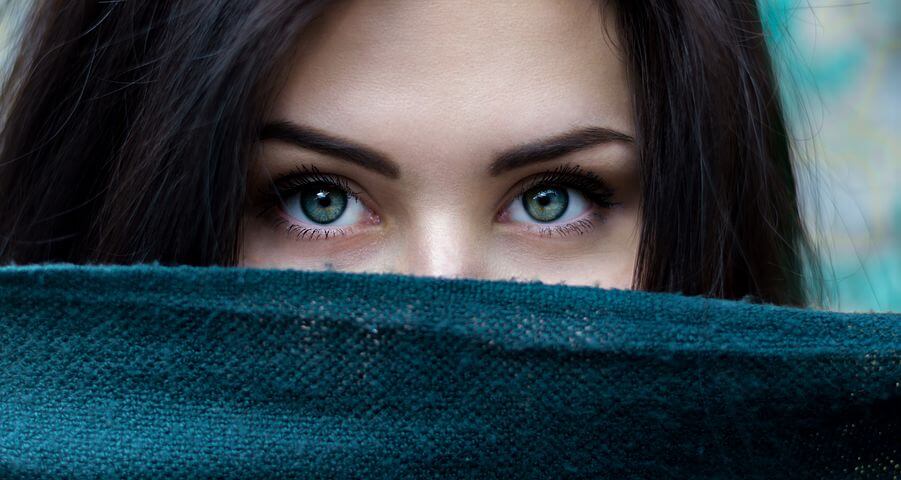Prevent and Get Rid of Acne and Acne Scars

Acne is a disease that affects the skin’s oil glands. The small holes in your skin (pores) connect to oil glands under the skin. These glands make an oily substance called sebum. The pores connect to the glands by a canal called a follicle. Inside the follicles, oil carries dead skin cells to the surface of the skin. A thin hair also grows through the follicle and out to the skin. When the follicle of a skin gland clogs up, a pimple grows.
Despite its prevalence during puberty, acne is seemingly becoming a concern among people of all ages, especially due to the unattractive scars it leaves behind – which, as we all know, are very difficult to address. While pimples can be quickly removed using a couple of natural ingredients everyone can grab from their own kitchen, acne scars can be very bothersome, and most women fail to hide them using makeup.
The cause of acne is unknown. Doctors think certain factors might cause it:
- The hormone increase in teenage years (this can cause the oil glands to plug up more often)
- Hormone changes during pregnancy
- Starting or stopping birth control pills
- Heredity (if your parents had acne, you might get it, too)
- Some types of medicine
- Greasy makeup.
Scars from acne can seem like double punishment — first you had to deal with the pimples, now you have marks as a reminder.
Acne lesions (pimples) happen when the hair follicles (or “pores”) on the skin become plugged with oil and dead skin cells. A plugged follicle is the perfect place for bacteria to grow and create the red bumps and pus-filled red bumps known as pimples.
mild acne: this causes the whiteheads or blackheads that most of us get at some point
moderate acne: this can cause red, inflamed pimples (called papules) and red pimples with white centers (called pustules)
severe acne: this causes painful, pus-filled cysts or lumps (called nodules) under the skin
Most serious scarring is caused by the more severe forms of acne, with nodules more likely to leave permanent scars than other types of acne.
The best approach is to get treatment for acne soon after it appears to prevent further severe acne and more scarring. If you have nodules, see your doctor or dermatologist for treatment.
Acne scars are usually the result of inflamed blemishes caused by skin pores engorged with excess oil, dead skin cells and bacteria. The pore swells, causing a break in the follicle wall. Shallow lesions are usually minor and heal quickly.
Most of the time, those reddish or brownish acne marks that are left behind after pimples clear up will fade with no need for treatment. Picking or squeezing acne can increase the risk for scarring, though.
Acne scars take two forms:
- scars with a gradual dip or depression (sometimes called “rolling” scars)
- scars that are deep and narrow
A person’s acne needs to be under control before scars can be treated.
Treatments depend on how severe the scars are. In some cases, a doctor or dermatologist may suggest a chemical peel or microdermabrasion to help improve the appearance of scarred areas. These milder treatments can be done right in the office.
For serious scarring from previous bouts with acne, several types of treatment can help:
For “rolling” scars, doctors sometimes inject material under the scar to raise it to the level of normal skin. Finally, in some cases, a doctor may recommend surgery to remove deeply indented scars.
One thing you shouldn’t do to deal with acne scars is load up your face with masks or fancy lotions — these won’t help and may irritate your skin further, making the scars red and even more noticeable.
If you have a red or brownish mark on your face that you got from a bad zit, it should eventually fade. However, it may take 12 months or longer. If you’re upset about acne marks, talk to your doctor, who might have advice on what you can do.
- Microneedling (also known as collagen induction therapy) or skin needling is a minimally invasive treatment to rejuvenate the skin. A device with fine needles creates tiny punctures in the top layer of the skin, which triggers the body to create new collagen and elastin. Results can include improved texture and firmness, as well as a reduction in scars, pore size, and stretch marks. Microneedling may also be combined with a topical treatment, like PRP (platelet rich plasma) or another vitamin-rich serum.
- Dermabrasion This treatment uses a rotating wire brush or spinning diamond instrument to wear down the surface of the skin. As the skin heals, a new, smoother layer replaces the abraded skin. It may take a bit longer for skin to heal using dermabrasion — usually between 10 days and 3 weeks.
- Skin Peels A chemical solution is applied to the skin that causes it to exfoliate and eventually peel off. The new, regenerated skin is usually smoother and less wrinkled than the old skin.


